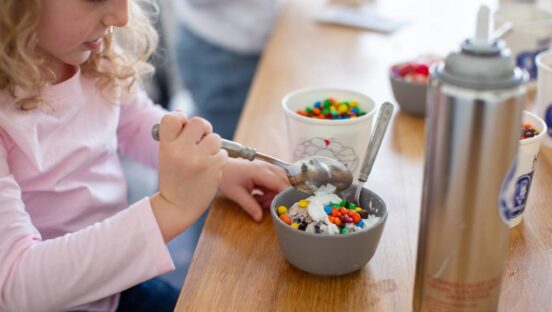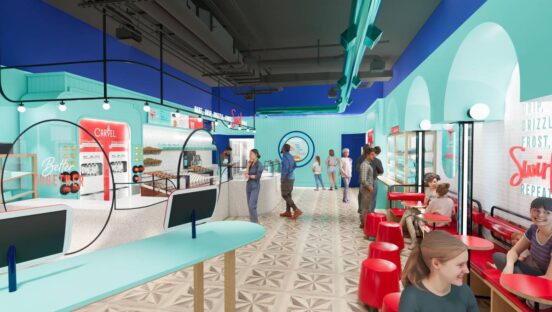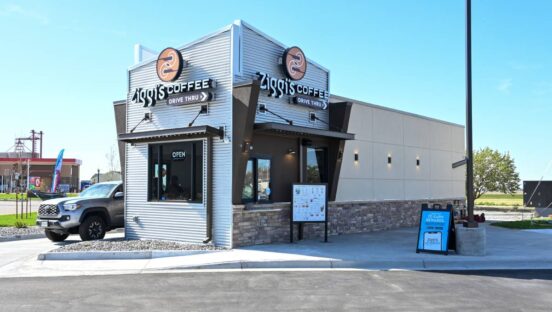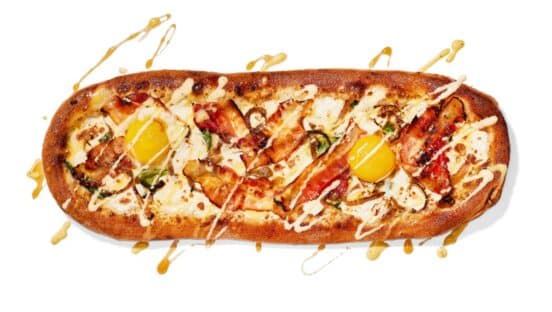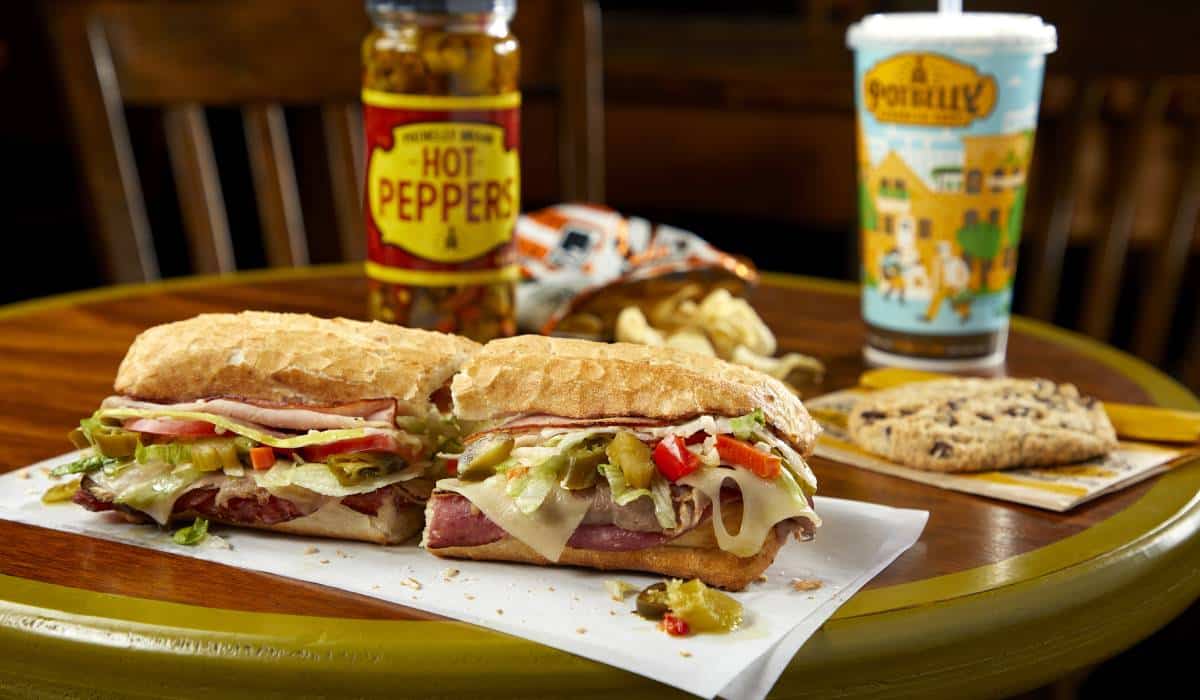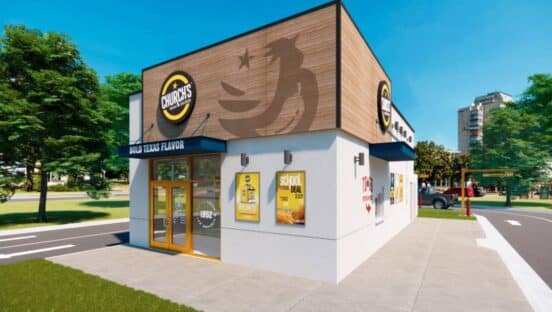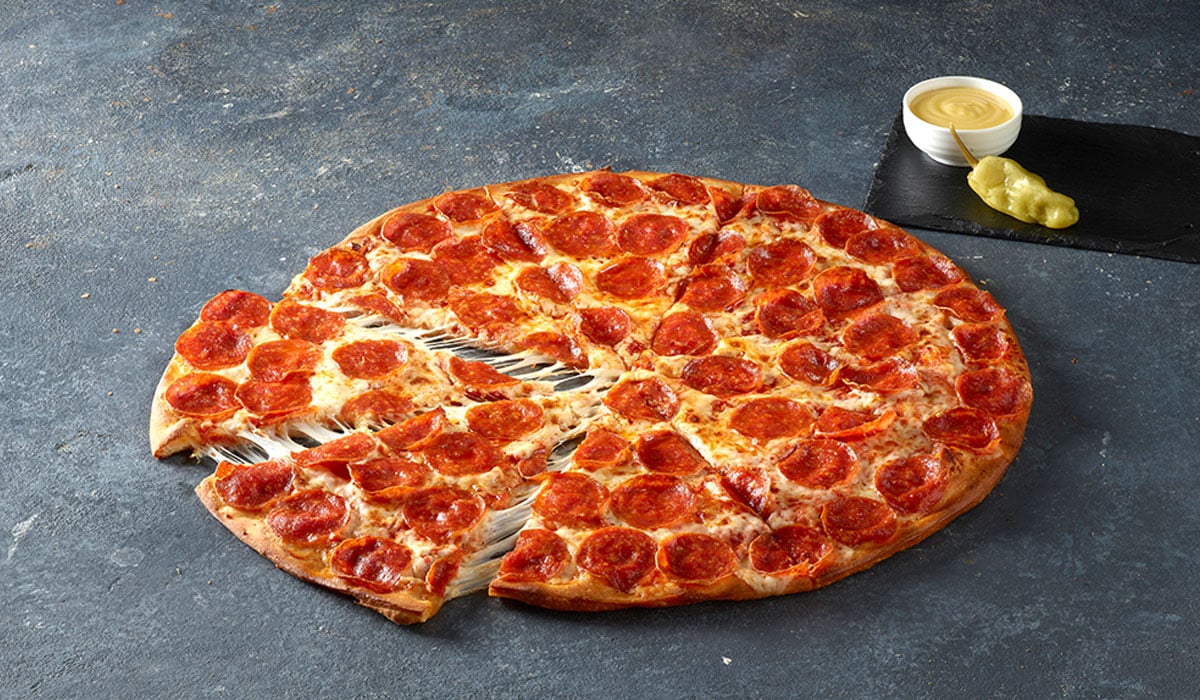If the big screen were to adapt the story of McDonald’s latest turnaround effort, perhaps it would be dubbed “The Comeback Clown.”
Except, of course, this comeback has been carefully crafted by professionals in pinstripes—not in greasepaint. And McDonald’s CEO Steve Easterbrook, the guy behind the unexpected turnaround, seems to be strategically rebuilding—if not rebranding—what was once perceived as a three-ring circus into a fine-tuned ensemble.
McDonald’s shares hit an all-time high last month after the company reported that global same-store sales jumped 4 percent in the third quarter following six consecutive quarters of flat or negative results. China’s same-restaurant sales zoomed nearly 27 percent for the quarter, and even the U.S. market, which had been a serious drag, reported a 0.9 percent increase in sales at restaurants open more than one year.
Best news of all: Easterbrook said the upbeat trend wasn’t an anomaly. He said it would continue in the fourth quarter. “The progress we have made in a short amount of time gives me confidence we’re making the right moves to turn around our business and reposition McDonald’s as a modern, progressive burger company,” he said in a conference call.
This from a CEO who’s been in the hot seat all of eight months.
Easterbrook’s made believers out of many non-believers with bold actions like rolling out all-day breakfast in the U.S., boosting wages for hourly workers in company-owned restaurants, and, yes, tweaking quality by starting the lengthy switch to antibiotic-free chicken. And at a recent investor’s conference, Easterbrook rewarded shareholders with a dividend increase and announced plans to ramp up a cost-saving move to sell more restaurants directly to franchisees.
This turnaround isn’t pie in the sky, say industry analysts and consultants.
“It’s for real,” says Howard Penney, managing director at Hedgeye Risk Management, an independent research firm. “If you take all of the pieces—and there are many of them—there are significant changes going on at the company.”
The biggest deal, Penney says, is that McDonald’s is determined to correct many of its key mistakes of the past. Chief among them: refining—yet improving—its bloated menu. “The company is being run very differently than it was nine months ago,” Penney says.
Credit Easterbrook. The company veteran took over from Don Thompson in March and has infused the company with new energy. “He is an interesting combination of marketer/finance guy/operator, which is exactly what the company seems to need,” says Christopher Muller, professor of hospitality at Boston University.
By focusing on better-quality products, new store designs, and new lines of management reporting globally, Easterbrook has helped McDonald’s turn the corner, Muller says. But he warns that if the turnaround fails to sustain, “it is because the generation called Millennials was taught not to use McDonald’s while they were young.”
Meanwhile, what some call a “turnaround,” one analyst still calls a “wait and see.” “It’s more like they’re throwing everything against the wall to see what sticks,” says Robin DiPietro, professor of hospitality at the University of South Carolina. Still, she agrees with most of the company’s recent actions—including McDonald’s desperately trying to improve its image with Millennials.
“The issue with Millennials is that they see McDonald’s as this poor-quality and cheap place to go,” DiPietro says. “So, will they go there and try some breakfast after a beer or two at night? Yes. But will they continue to go there? That is another matter.”
But Penney doesn’t buy that. Not for a minute. “No one claims to go to McDonald’s to eat food,” he says wryly, “but, gee, everyone loves the French fries.” McDonald’s doesn’t have—and never had—a Millennial problem, he says. “It has a marketing problem—and it’s working on it.”
This is something McDonald’s has a knack of doing about as well as anyone: fixing its problems.
“I have learned as an observer of McDonald’s and the restaurant industry for more than three decades that the company is filled with smart, focused, hard-working, and dedicated people,” Muller says. “While they occasionally lose a step or two, they always seem to pick up the beat again and get back to leading the parade.”
Send in the clowns.






